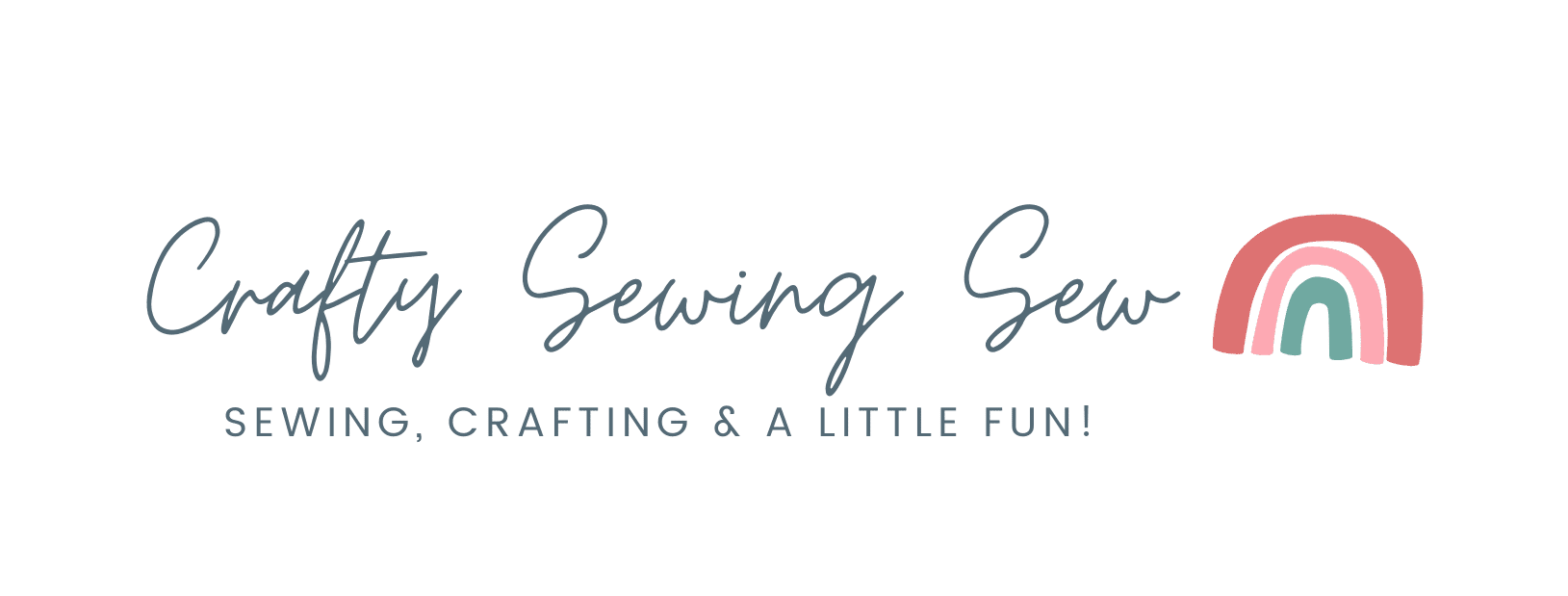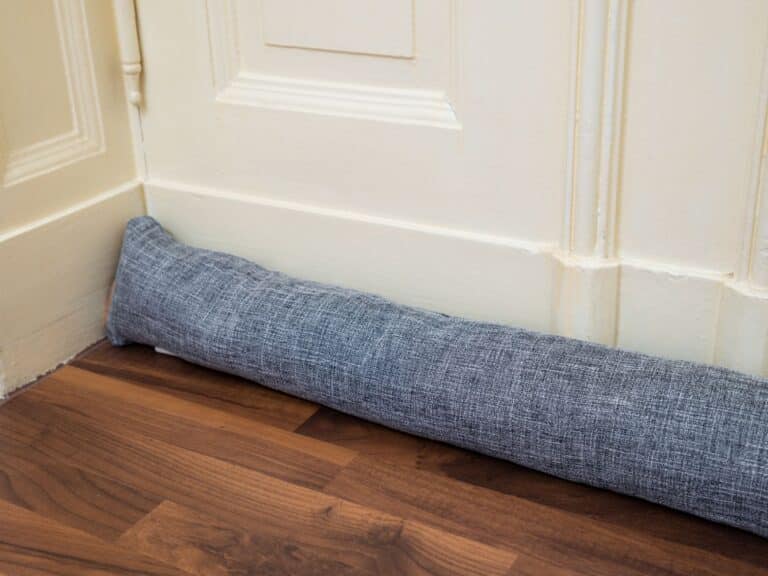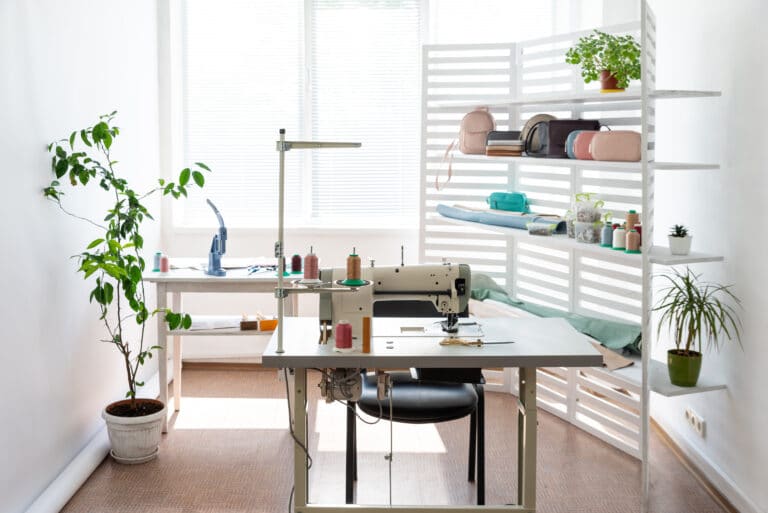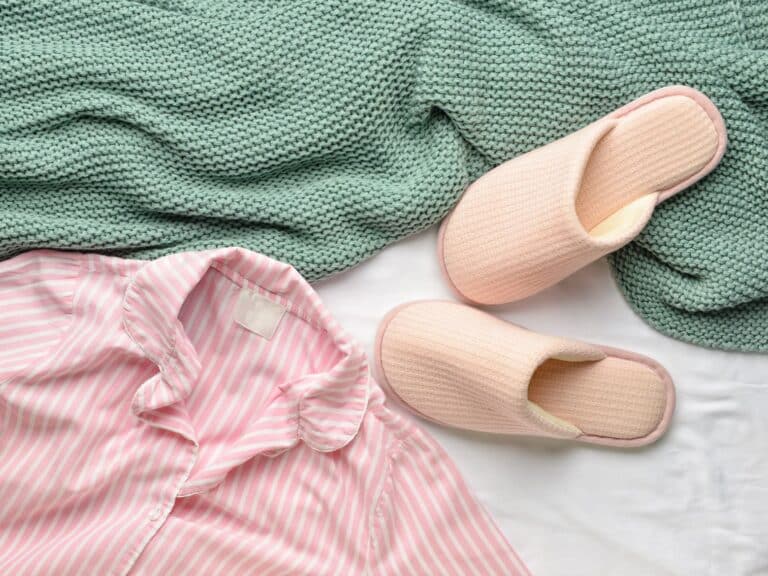Is A Dressmakers Dummy Worth Buying? – What To Know
Some of the links below are affiliate links. As an Amazon Associate I earn from qualifying purchases. This means that, at zero cost to you, I will earn an affiliate commission if you click through the link and finalize a purchase.
A dressmakers dummy is perfect for using to draft your own sewing patterns and even use for fittings and displaying clothes, but are they really worth buying?
A dress form or also known as a tailor’s dummy or mannequin is a great additional tool for a sewing space. Especially those who draft their own sewing patterns, make their own clothes and costumes or like to display clothing.
Not all forms of the mannequin are worth having and depending on your true use for the tailor’s dummy you may find it worth having and not.
It is worth buying a dressmaker mannequin if you like to make your own clothes, draft patterns on the body or make costumes. If you rarely make clothes but think having one would improve your skills then you can find affordable dress forms to use to try out to technique at a more affordable price.
What Is A Dressmaker’s Dummy?
It’s easy to think that dress forms are the plastic mannequins on display at the clothing store, but that isn’t quite it. So what exactly are dress forms?
A dress form is a three-dimensional dummy crafted from layers of foam and covered in fabric. The sewing mannequin comes in the shape of a human torso and is available in different sizes for women, men, and children. Tailors use dress forms as a fitting tool to design or display clothes.

Tailors use both dress forms and traditional mannequins, but they are not the same. Dress forms, or tailor’s dummies, typically come without a head, arms, or legs. A mannequin has all four limbs and a head.
Mannequins are constructed with dense, rigid materials like fibreglass or plastic. On the other hand, dress forms are made from soft material for dressmakers to pin fabric onto the surface.
A tailor’s dummy has these characteristics:
- A human torso figure from shoulder to thighs.
- It lacks a head, arms, and legs.
- The torso figure is attached to a wooden or metal stand.
- Soft exterior.
Types of Dress Forms
Several types of tailor’s dummies are available, each with its own characteristics and functions. Here are some examples:
- Professional dress forms
- Display forms
- Adjustable mannequin
- Bifurcated dress forms
Let’s take a deeper look at each type.
Professional Dress Form
As the name suggests, professional dress forms are made for more significant functions than entry-level dummies. Typically, this style of dress form costs more because it’s durable and has more functions than the regular versions.
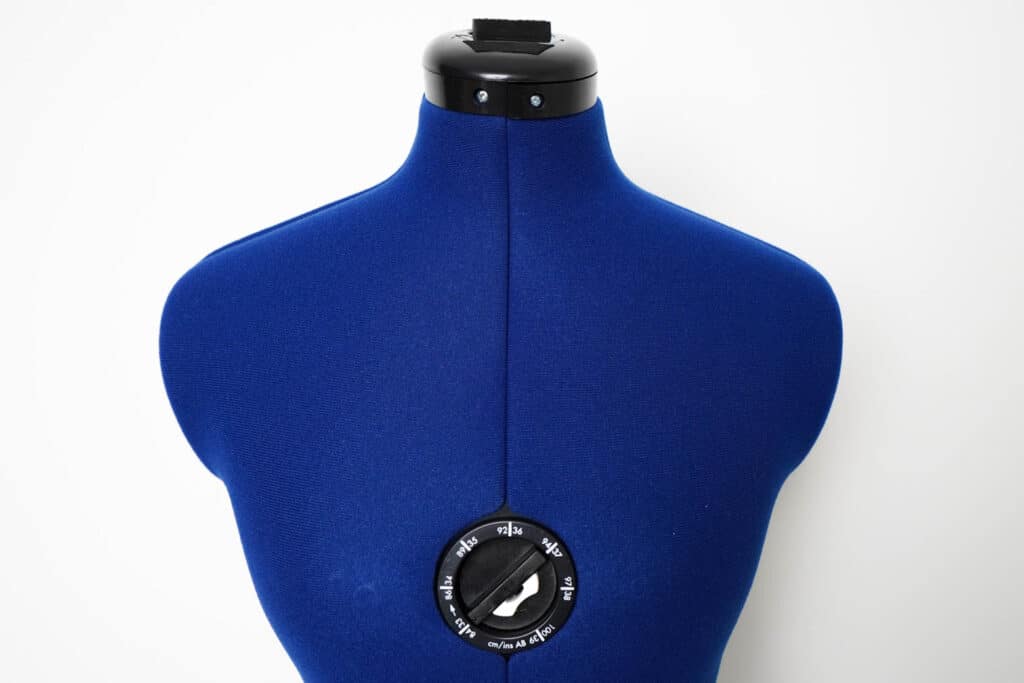
Professional dummies come in various sizes, but this depends on the manufacturer. However, they have more consistent and accurate proportions than entry-level dummies.
High-end quality dressmakers’ dummies come in a variety of ‘standard’ dress sizes from the smallest of sizes to plus sizes, you can also find these forms in child sizes and male bodies.
Display Forms
A display form is a basic, inexpensive dummy used to display garments. These dummies can often be seen in shop windows and sample photoshoots.
Display mannequins do not have generalized measurements and only have a simple structure with adjustable height. While they feature easy pinning, they aren’t made for draping or sewing since their proportions are not standardized.
Adjustable Dress Forms
Adjustable dress forms allow tailors to alter the shape of the dummy for various sizing purposes. They feature dials that can manipulate sections of the mannequin, making it expand or contract according to the size of the person getting fitted.

The advantage of this type of dummy is that it is cost-efficient and can be adjusted to exhibit more realistic proportions. However, it’s not very good for draping since gaps can form between the seams where sections of the torso are reshaped.
Bifurcated Dress Forms
Bifurcated dress forms are manufactured similarly to the professional versions, but they have large legs attached to the main torso. The additional attachments allow tailors to play around with pants and shorts.
Sometimes, these dummies come with both detachable arms and legs. When using this version of sewing dummies, dressmakers can be more versatile with their creations.
Are Dress Forms A Vital Tool In A Sewing Room?
Dress forms are not a vital tool in a sewing room. Tailor’s dummies are only helpful for standard, fitted designs and testing the drape of fabric on the human figure. And even then, the dress form isn’t essential because getting accurate measurements from a real person is better.
Sewing mannequins do not help get the right fit for an actual human body. Everyone’s body is different, so using a dummy as a one-size-fits-all may only work out for a few people.
Also, a dress form is an immobile structure. Hence, it may be hard to get the right fit for a body with limbs that bend and extend.
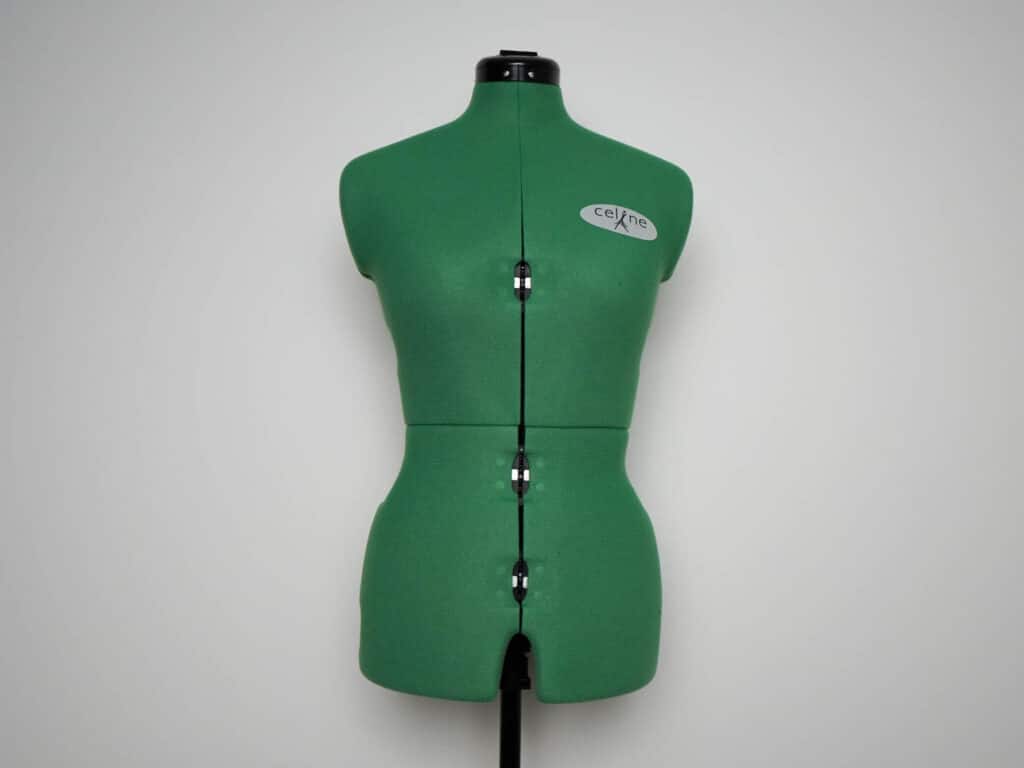
For this reason, dress forms are helpful for tailors that sew fitted clothing — clothing that is structured, tapered, and isn’t baggy. However, a sewing dummy will not be beneficial if you are not skilled in draping and do not drape your patterns from the get-go.
Dressmakers dummies however can be extremely useful for those looking to hem an item and want to have a body to wear the garment or even just to hand a garment from to do small alterations.
Many people who like to make clothes for themselves like the use of a tailor’s dummy to allow them to see the garment on a figure at all angles along with doing smaller alterations.
What Can I Use a Dress Form For?
You can use a dress form for draping, fitting and creating your own clothing patterns. Draping is when you make a dress pattern by cutting and measuring fabric directly on the dummy.
Many costume makers use dress forms to draft up clothing patterns, this is often referred to as drafting on the block or draping. Using a tailors dummy often helps create a basic shape and style to then grade up and adjust to suit the final size.
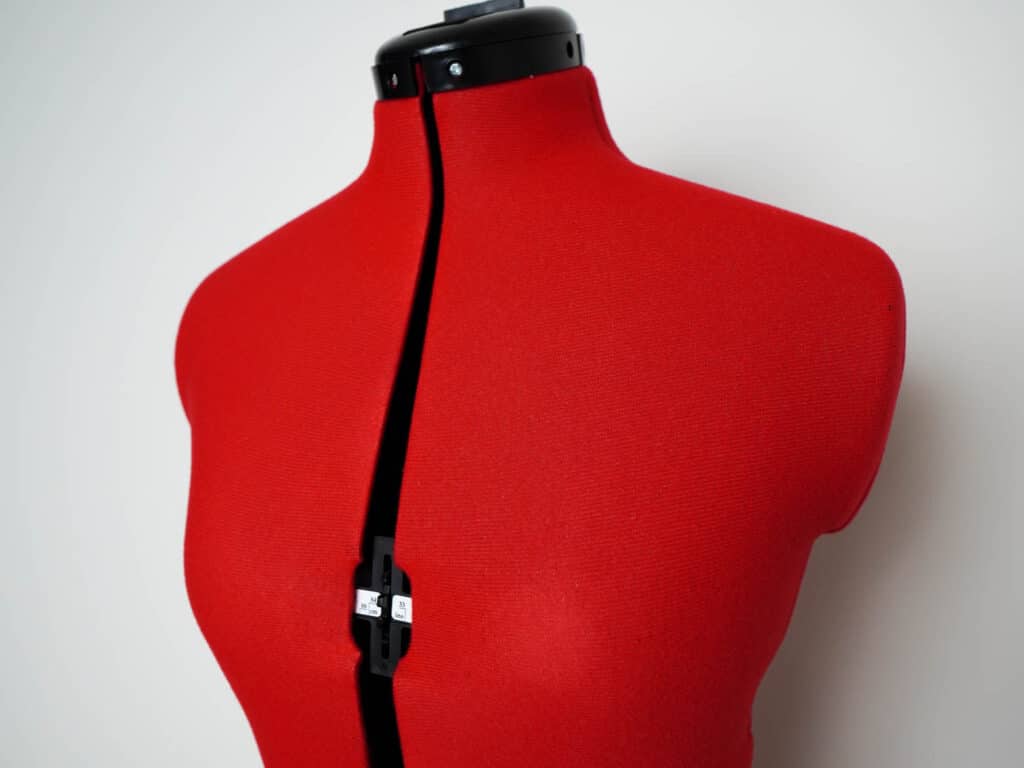
Dressmakers and merchandisers also use sewing dummies to display completed garments.
Essentially, there are two uses for a dress form:
- Draping
- Displaying clothing
- Creating a level hem
Let’s find out the exact role of dress forms in these applications.
Draping
In dressmaking, dress forms are associated with draping. Draping is a pattern-making technique where fabric is draped, fitted, and pinned directly onto a dummy. This method aims to maintain the flowing effect of cloth in the final design.

The dummy is essential to the drafting process; loose fabric is pinned on a dress form to create the garment’s structure. Designers get to experiment and test how fabrics hang off a garment, so a tailor’s dummy is helpful for this type of dressmaking.
Displaying Clothing
Alternatively, dress forms are used to replace the mannequins in clothing stores. These dummies show off a sleeker, more elegant silhouette than traditional mannequins, making some displayed clothes look better. Also, the lack of a head and limbs means easier access for merchandisers, making sewing dummies easier to dress.
However, most of the tailor’s dummies used for display are not created for the sewing room. Display dummies often come with simplified proportions because they are not for draping.
Advantages of Using A Dress Form
There are several advantages to using a dress form:
You Get To Experiment With Patterns
Using a dress form entails using the draping technique to form your pattern. With draping, you can pin fabric onto the dummy and re-pin it if you decide the design isn’t working out.
Using a dress form allows you to alter your design repeatedly until you achieve your desired outcome. So basically, you can experiment with different drapes before you sew the final design.

A Dress Form Allows You To Assess The Fall Of Fabric
A dress form is created in the shape of a human body because it allows tailors to assess the fall of fabric as if a real person was wearing it. This is especially useful with adjustable dress forms because you can see how the fabric hangs on various body types.
It is also suitable for testing how the cloth hangs in different sections of the garment on the body, as opposed to flat patterns where you don’t see the fall of fabric at all.
As the dummy is three-dimensional, you will see how one section of fabric affects another before you cut your final pattern.
A Dress Form Facilitates Clear Visualization
After experimenting with the fabric, you get a clear vision of how the final product is supposed to look while the garment is still on the mannequin. You can save on costs this way as you get to see the outcome before cutting the fabric, eliminating the chance of wastage.
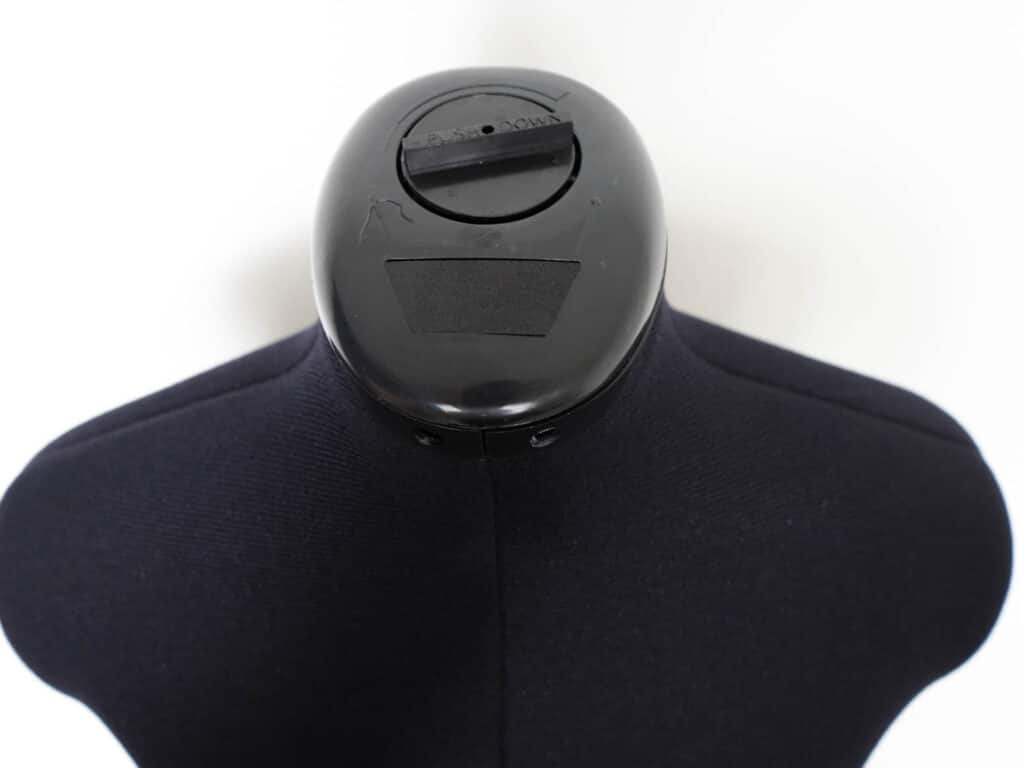
Altering the pattern immediately also helps save time redesigning the look. If you are looking to design intricate folds and cowls, being able to visualize how it looks allows you to play with the folds of fabric until you are content.
A Dress Form Makes Sewing Your Own Clothes Easier
If you enjoy designing your own clothing, it won’t be easy to drape and pin the fabric on your own body as a one-man show.
You’ll likely need someone to help you out so don’t end up making costly mistakes. Getting a dress form in your size will simplify the process, save you time, and allow you to design well-fitting clothing.
You can also buy an adjustable dressmakers mannequin which can be expanded or decreased to fit your own body measurements to allow a more accurate template. This is achieved by changing the adjustable dial to create a more accurate measurement.
You can use the dress form to drape on fabrics to show different shapes and styles to get a more 3D and lifelike visual before drafting patterns and cutting into the fabric itself.
Disadvantages of Using a Dress Form
On the flip side, using a dress form for your creations can sometimes detract from your experience in the following ways:
It’s Only Useful For Fitted Garments
The draping technique requires you to pin fabric onto a rigid dummy, making it hard for amateurs to avoid creating extremely fitted clothing instinctively.

To break away from this mindset, you can try positioning wads of fabric or other objects on top of the dummy before pinning. This way, you can practice creating looser cuts for your designs.
Draping Is Difficult
Draping is challenging to master but not entirely impossible! You will need practice and patience to do it well.
For this reason, using a dress form can incur losses in terms of time and costs. You might buy a sewing mannequin to find that you’re not interested in draping and end up not using it after all.
Sometimes, you may find that flat-pattern-making is more suited to your needs. Being able to measure fabric accurately is something most people are comfortable with instead of the trial-and-error process of draping.
There’s Limited Body Movement
Dummies are immobile, and basic dress forms are built without limbs. Because of the lack of movable joints, it is hard for tailors to see how the fabric will shift when worn by a real person.
And since the garment is pinned closely to the dummy, it may feel skin-tight when worn by a person. Our bodies shift beneath our clothes even when we breathe, so wearing restrictive clothing will be uncomfortable for most people.
To avoid this, tailors make additional adjustments to accommodate real-life conditions. Sometimes, they place an extra layer of clothing underneath the fabric to give leeway for small movements.
Are Dress Forms Expensive?
Dress forms are expensive, but their prices depend on the make and manufacturer. Professional tailor’s dummies are high-priced because they are durable and have more consistent proportions. Basic dress forms are still costly, but they are suited for beginners and students.
Here’s a breakdown of dress forms’ pricing:
Professional Dress Forms
You can source new and used professional dummies for sewing, but they are expensive. Good, used forms retain their value over time since they are made to last and withstand the wear and tear of pinning.
Though there are benefits to using a more professional style tailors dummy as they are better made, will last longer, provide more stability and are more accurate in the sizing.
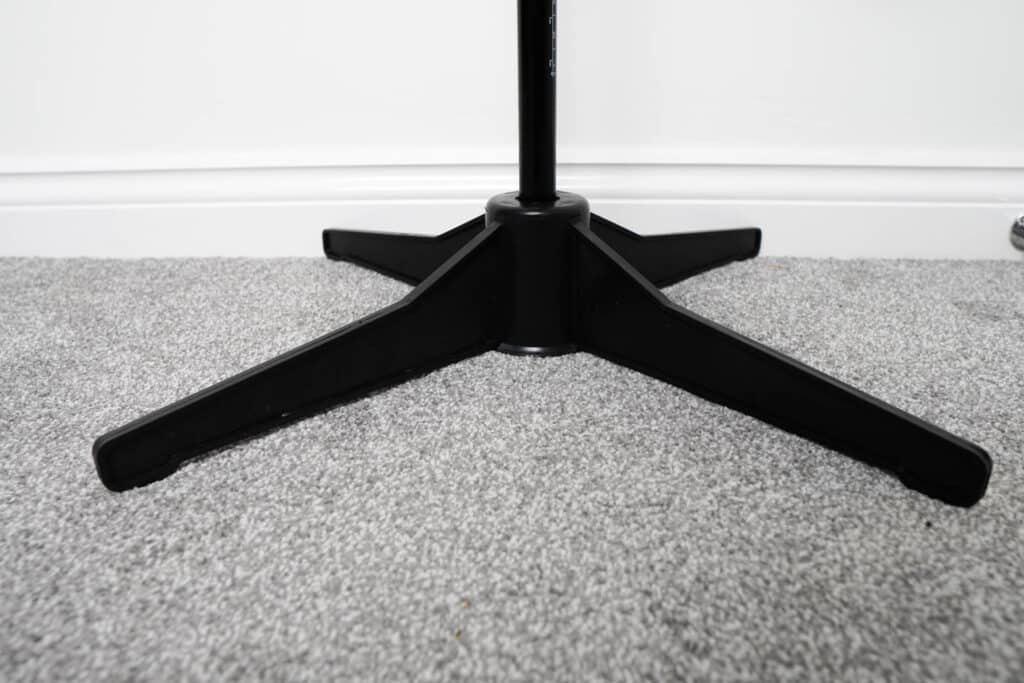
If you do a lot of tailored outfits, catsuits and skin-tight full-body pieces you might want to look at using a full body mannequin. Unfortunately, these can be a little more pricey as they are at a more professional level. Though they are extremely handy to have and use.
Basic Dress Forms
A simple dress form will not cost as much as a top-tier one, but you will be compromising on quality with the lower price tag. Unlike professional mannequins, basic ones have less variety in sizing and are constructed with lower-grade materials.
There are benefits to using less expensive models such as they are more affordable and readily available.
You can find a range of body shape and sizes in all genders from female forms, male forms and children’s forms.
Are There Any Alternatives to Dress Forms?
Alternatives to dress forms include three-dimensional (3D) computer modelling and flat pattern making. 3D modelling involves using a computer program to create a pattern digitally, while flat pattern making is when a designer drafts a pattern on a flat surface using measuring tools.
Essentially, flat-pattern and draping are the two methods traditionally used to draft clothing patterns. However, 3D modelling combines the best of both approaches.
While flat pattern-making has been around for centuries, 3D modelling has slowly gained traction due to its convenience and efficiency.

With computer software, designers can render photorealistic patterns considering the material and a model’s figure. Fashion designers can change the parameters of a design at any time, making it a cost- and time-effective option.
Flat pattern making is a popular choice among tailors because it is easy to learn and uses basic measuring tools. A designer will first draft a paper template of a garment with a set of recorded measurements.
They will then use this initial template to create basic pattern blocks for various garments or sections of a piece of clothing.
Are Dress Forms Worth Buying?
Dress forms are worth buying for anyone experimenting with fitted designs and draping. However, tailor’s dummies are not worth buying if you do not use draping very often. Beginners can first learn to sew without a sewing dummy before deciding if they want to try draping instead.
Generally, a dress form is not worth buying because you can still successfully design clothes by hand-measuring flat patterns. Flat pattern making is also easier than draping since you can measure out fabric concisely before cutting and sewing.
You may also find tailors dummies worth buying if you like to have a body double to help finish off garments on areas such as hemming, styling and adjusting darts.
